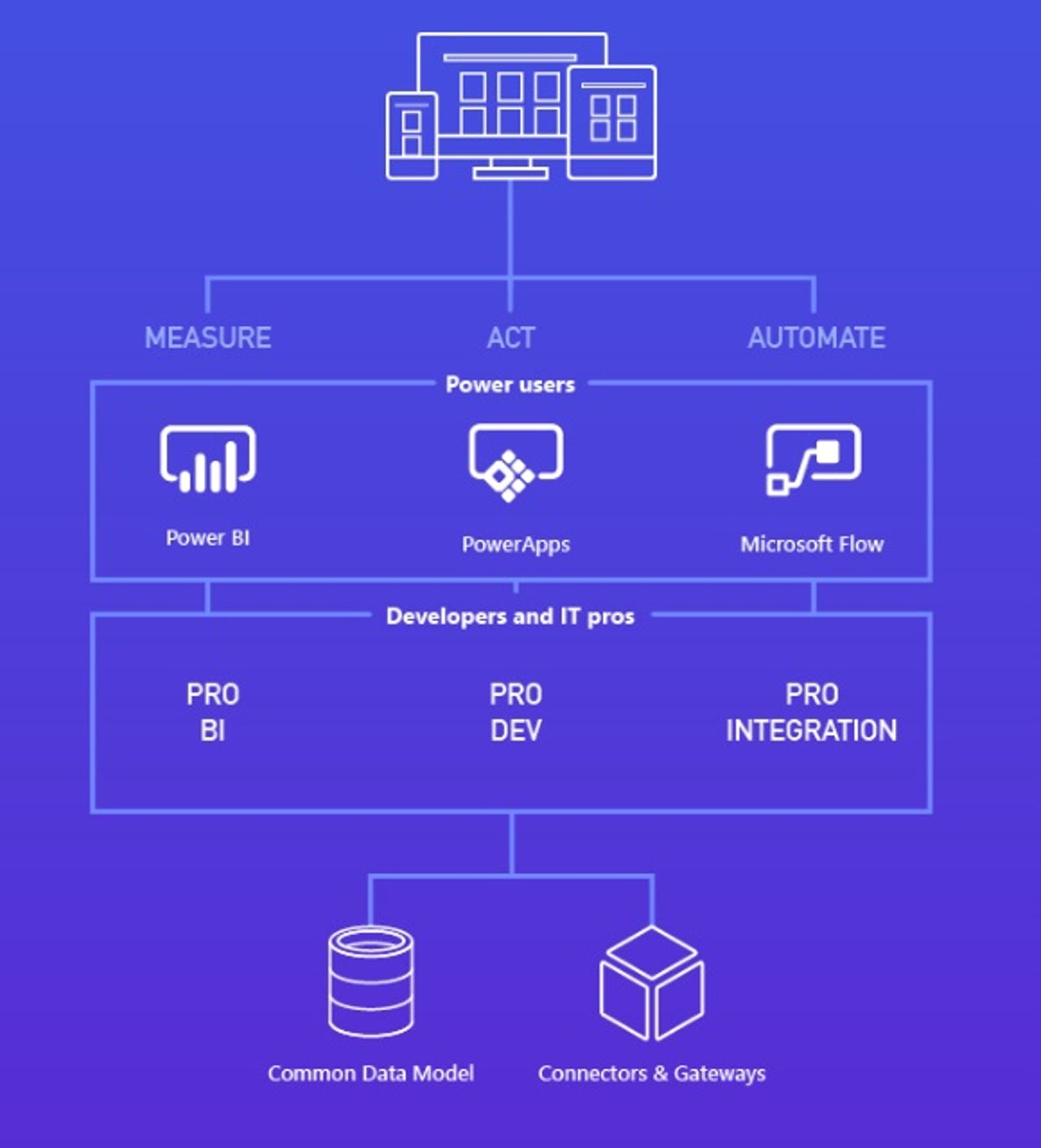Microsoft's Dynamics 365: Understanding the Common Data Model

When Microsoft took the wraps off Dynamics 365 a couple of weeks ago, officials seemingly didn't want to talk much about tech. They were more intent on appealing to business decision makers.

But most of the questions I've gotten about the coming Microsoft ERP/CRM mashup made for the cloud have been about the underlying tech that will power the Dynamics 365 service.
Enterprise Software
One question that I myself had, as have some others with whom I've spoken, is what the "Common Data Model" is that is at the heart of Dynamics 365.
When Microsoft announced its plans for Dynamics 365 on July 6, officials said that the coming service would use "a common data model, shared with Office 365, to simplify data management and integration across apps and business processes."
As there isn't something currently in the Office 365 world that Microsoft calls a "common data model," I was puzzled.
A July 20 MSDynamicsWorld.com article helped fill in some of the missing pieces -- specifically, that the Common Data Model, or CDM, was introduced as part of Microsoft PowerApps, its service for building custom business applications that the company released in preview in April 2016.
According to a July 11 PowerApps blog post, the CDM is "an out-of-box business database for storing and managing business entities." A public preview of CDM is coming in August, according to the blog post.
Here's more on what CDM is from that post:
"CDM is secure - it is encrypted at rest. CDM is built for scale - using the best of Azure technologies such as Service Fabric and elastic SQL. CDM provides not only standard entities, but also allows you to build custom entities either extending standard entities or adding new entities that can relate to standard entities. CDM provides structured metadata, rich data types, auto numbering, lookups, business data types like Address, Currency, capabilities like referential integrity through metadata configuration, and cascade deletes - making a compelling functionality. CDM will roll out features incrementally to expand entity capabilities, processes for entities and pre-canned forms for these entities among others."
The CDM is meant to provide a database of entities that are common across industry domains, like Sales, Purchase, Customer Service, and Productivity. These entities will connect to Microsoft's first-party business applications, as well as third-party and customer-developed apps. The entities in CDM will support data types like Address, Email, Currency, Invoice and Order Auto Numbering, images, geographic locations, and more. They'll be implemented using the latest SQL Server data types.
Microsoft's Office Graph, which officials have called the brains of the Microsoft Graph, includes some of this same kind of entity metadata. And CDM will offer an add-in for Excel users to bulk edit and analyze entity data using Excel.
CDM is not meant to replace existing Microsoft ERP and CRM extension and development tools, like xRM, the Dynamics CRM framework. Instead, CDM is a new framework that will work across Dynamics AX on Azure, CRM Online, and Project Madiera (Dynamics 365 for Financials), which are the main piece parts of Dynamics 365.
"Over time, the CDM will support business users who want to build their own PowerApps, as well as ISVs who want to build business apps that can span multiple core systems," said Microsoft Technical Fellow Mike Ehrenberg in talking to MSDynamicsWorld.
Ehrenberg and other Microsoft execs are intent on dispelling the notion that CDM and Dynamics 365 are not "Project Green reborn". Project Green was a Microsoft initiative dating back a decade ago to consolidate the company's myriad ERP products into one. Over time, Green's goals were scaled back to getting Microsoft's ERP and CRM products to share more common technologies and approaches across the suite of Dynamics offerings.
Microsoft is planning an October launch of Dynamics 365, according to MSDynamicsWorld -- which I'm betting will basically be the launch of Dynamics 365 for Financials/Project Madeira.